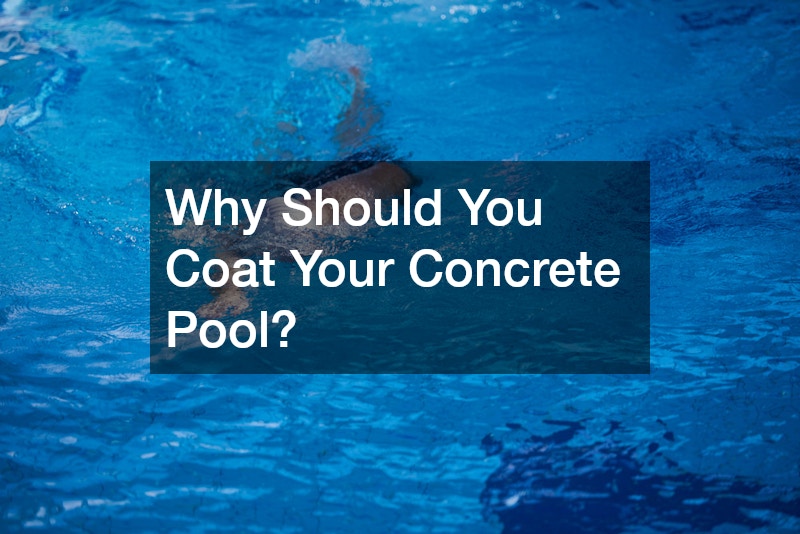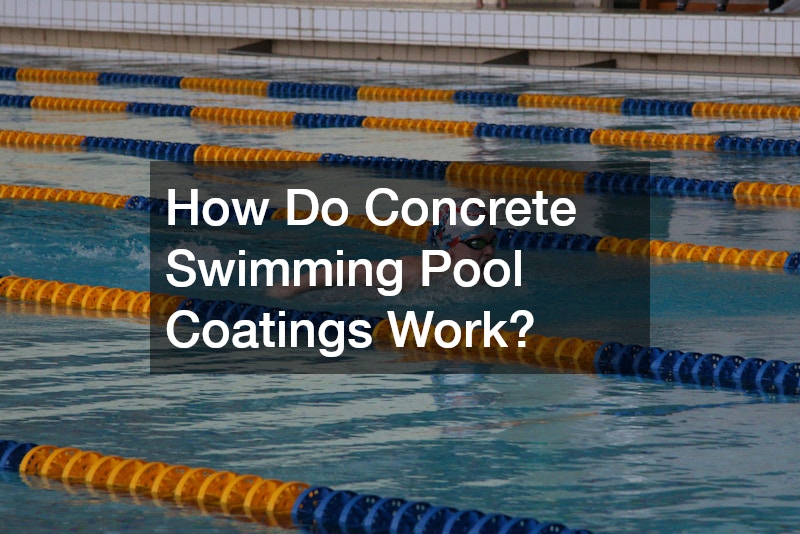How Do Concrete Swimming Pool Coatings Work?
Introduction
This article explores the mechanisms and benefits of concrete swimming pool coatings, providing insights into how they enhance durability, aesthetics, and maintenance of pools. We will delve into frequently asked questions to help you understand the importance and functionality of these coatings. By examining different types of coatings and their respective attributes, pool owners can make informed decisions tailored to their specific needs and preferences.
What Types of Concrete Pool Coatings Are Available?
Epoxy Pool Paint
Epoxy pool paint is known for its long-lasting finish and resistance to stains and chemicals, making it a popular choice for concrete swimming pool coatings. This type of coating typically lasts up to eight years, offering considerable protection against UV radiation and abrasive chemicals found in pool water.
Its durability makes it ideal for pools subjected to heavy usage and requires less frequent reapplications, improving cost-effectiveness in the long run.
The application of epoxy pool paint, however, demands more preparation and careful adherence to guidelines to ensure effective bonding and longevity. Once applied, epoxy forms a thick, polymerized layer that effectively shields the concrete beneath from harsh pool environments. Given its enhanced hardness and finish, epoxy can contribute significantly to prolonging the structural integrity of a concrete pool.
Acrylic Pool Paint
Acrylic pool paint offers an easier application process and is water-based, allowing for quicker drying times. This makes it an attractive option for DIY enthusiasts or for those on a strict renovation timeline. While it is quicker to apply and touch-up, it generally offers less durability compared to its epoxy counterpart, requiring reapplication every two to three years.
The flexibility and affordability of acrylic paint make it suitable for a wide range of climates, as it can adapt better to temperature fluctuations without cracking. As it is water-based, it emits lower levels of volatile organic compounds (VOCs) during application, making it an environmentally friendlier option. Its ease of use allows for more frequent updates and color changes, enhancing the flexibility of pool aesthetics.
Chlorinated Rubber Pool Paint
Chlorinated rubber pool paint is used for its affordability and flexibility, but it requires more frequent re-coating compared to other options. It is popular primarily because of its lower upfront costs and the ease with which it can be applied. However, pool owners should consider that while initial investment is lower, long-term costs might accumulate due to the need for regular maintenance and reapplication every two to four years.
The elasticity of chlorinated rubber pool paint helps it withstand diverse weather conditions without peeling, making it adaptable for outdoor pools. Although less durable, it provides a smooth, polished finish that enhances the look of the swimming pool. Its flexibility proves beneficial in preventing surface cracking which might occur due to environmental stressors.
Why Should You Coat Your Concrete Pool?
Improving Aesthetics
With various colors and finishes available, pool coatings provide a visually appealing result, enhancing the overall look of the pool area. Whether opting for a glossy or matte finish, coatings can transform an ordinary pool into a captivating centerpiece. The availability of different hues allows homeowners to match coatings with the surrounding environment or recreate popular resort vibes.
An uncoated concrete pool often appears dull and worn, detracting from the outdoor aesthetics. Applying a coating injects new life into the pool’s appearance, offering a fresh and inviting visual impact. Well-chosen aesthetics contribute to creating a serene and enjoyable space, encouraging regular use and admiration by guests.
Facilitating Maintenance
Coated surfaces are easier to clean and maintain, as they resist algae and other build-up, reducing the need for intensive scrubbing and chemical use. Smooth surfaces formed by coatings hinder the attachment of dirt and grime, resulting in a consistently clean pool. This efficiency saves substantial time associated with pool ownership and tends to lower long-term maintenance costs.
Resilient coatings also resist staining, allowing for straightforward stain removals without extensive effort or specialized cleaners. Regular maintenance becomes quicker, requiring less manpower and simplifying cleanup routines. Moreover, a sealed surface minimizes the need for harsh chemical treatments, contributing to healthier water quality and a more comfortable swimming experience.
Conclusion
Concrete swimming pool coatings play a crucial role in maintaining the integrity and appearance of pools. By understanding the types of coatings available and their benefits, pool owners can make informed decisions to prolong their pool’s lifespan and ensure a pleasurable swimming experience. Tailoring pool coatings to specific needs enhances attractiveness while ensuring powerful protection, ultimately maintaining optimal pool conditions.
.

